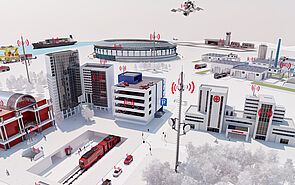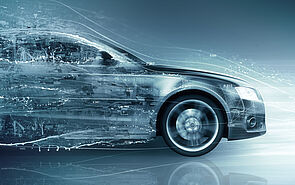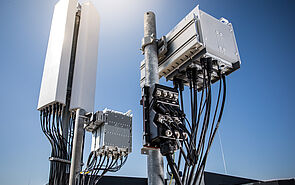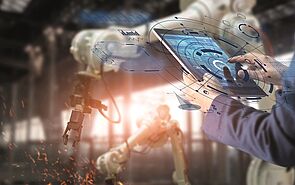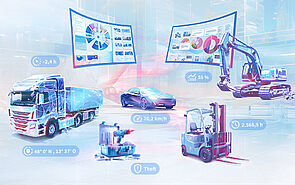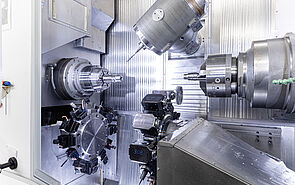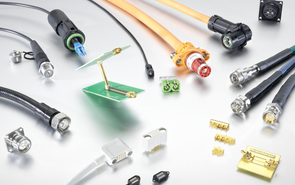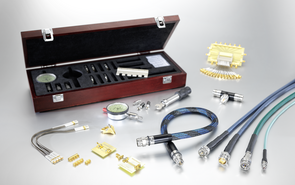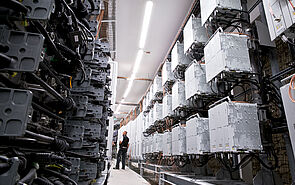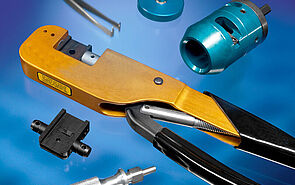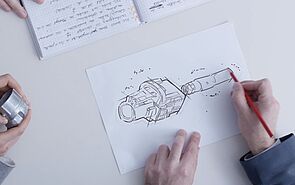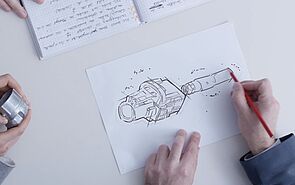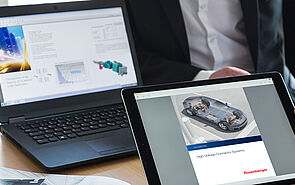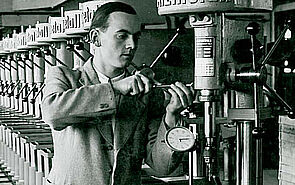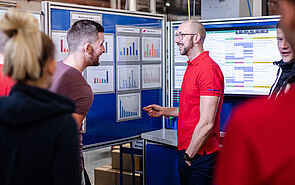High voltage applications play a crucial role in the functioning and performance of electric vehicles (EVs). EVs rely on high-voltage systems to power various components, improve efficiency, and maximize driving range. Some of the key areas where high voltage is utilized in an electric vehicle are: battery system, electric motor, power electronics, charging infrastructure, regenerative braking and auxiliary systems.

The connection from the charging socket to the onboard charger in an electric vehicle is a sophisticated and critical component of the charging infrastructure. It enables the safe and efficient transfer of electrical energy.
The connection between the charging socket and the battery in an electric vehicle is a vital link that enables the charging process and determines the overall efficiency and safety of the vehicle.
From the onboard charger, the electricity is directed to the battery pack, which is typically located in the vehicle's underbody or within a dedicated compartment.
The PDU ensures that the motor receives the appropriate voltage and controls the power flow to meet the vehicle's demands.
Inductive charging represents an exciting advancement in the field of electric vehicles. Its convenience, safety, and potential for standardization make it a promising charging solution for the future.
The connection between the battery and the PDU in an electric vehicle is a critical interface that enables efficient power distribution and management. It ensures the seamless flow of electrical energy from the battery to the various subsystems.
Cell module connectors establish electrical pathways between the battery cells. These connectors facilitate the flow of current within the battery pack, allowing the cells to discharge and recharge effectively.
The PDU acts as a gateway, receiving the direct current (DC) power from the battery and distributing it to different subsystems, also to auxiliary systems like the heating, ventilation, and air conditioning (HVAC) system.
In an electric vehicle, the three-phase motor serves as the main propulsion system. It is typically placed in the drivetrain, directly connected to the wheels or coupled with a transmission system.

